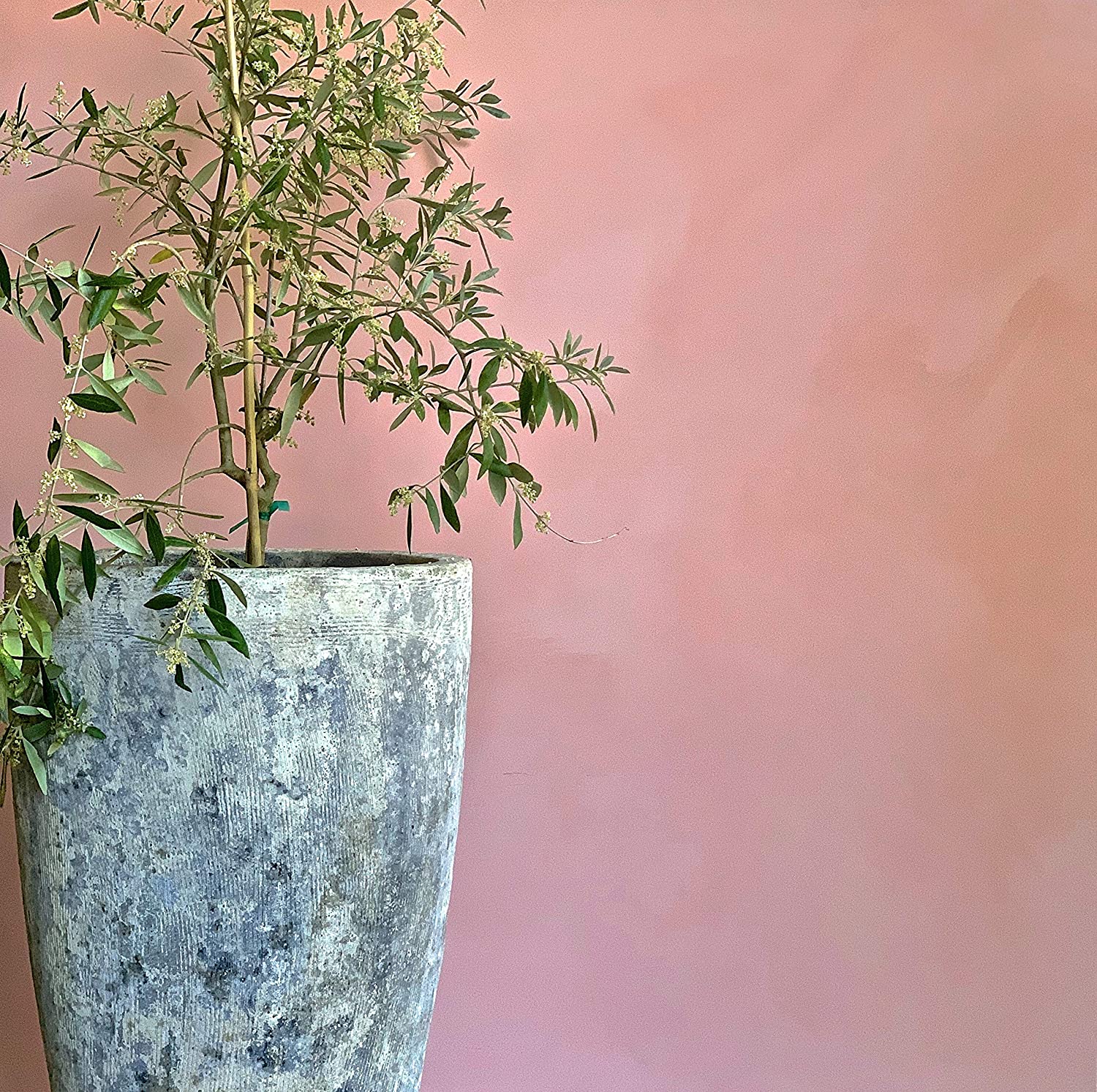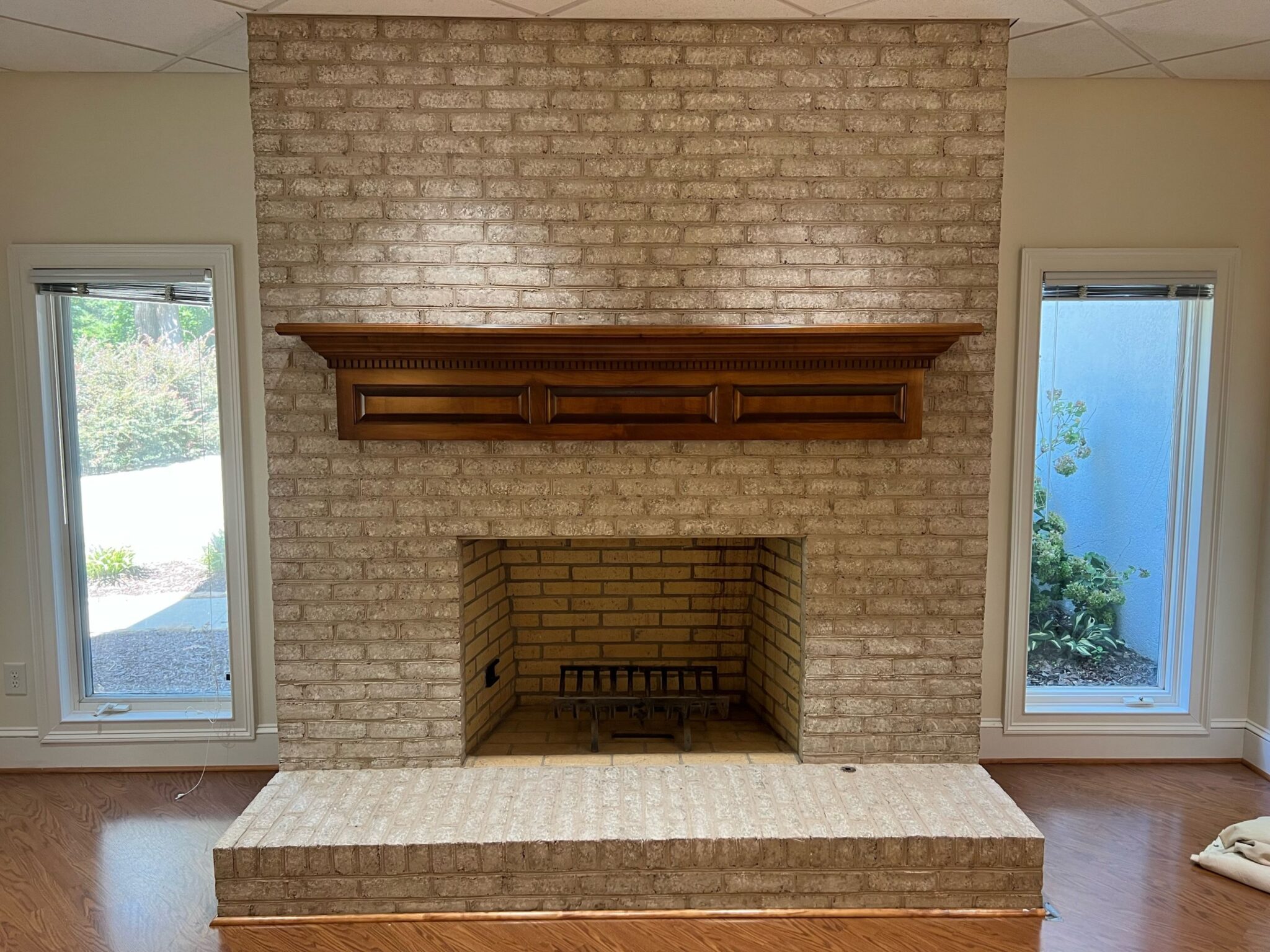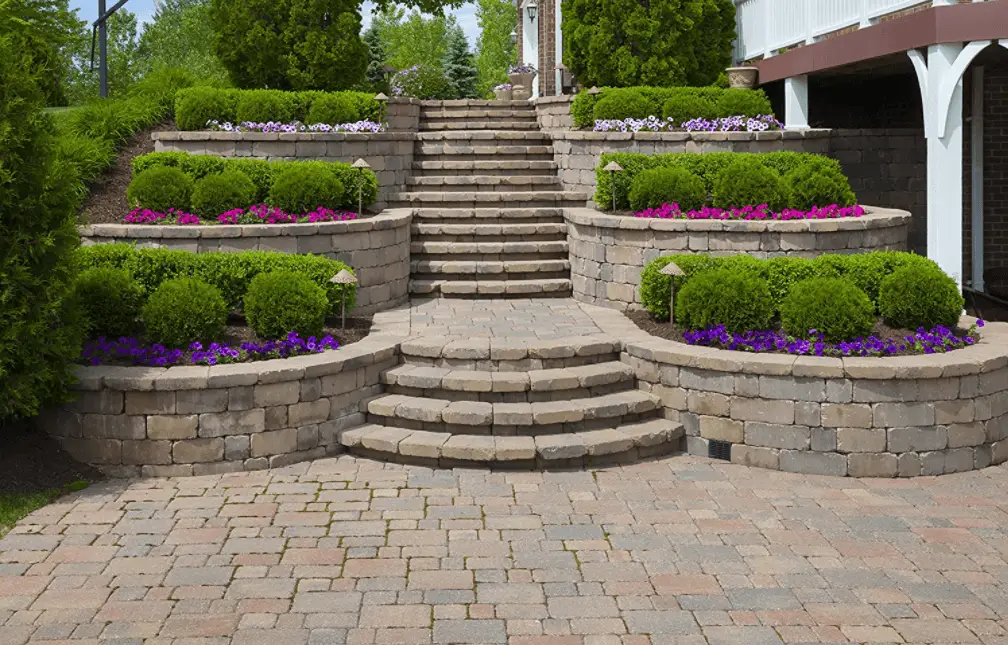| Limewash paint is an incredible finish that’s been around for centuries. In a culture that values affordability and efficiency more than sustainability, quality, and beauty, limewash has fallen out of the spotlight.
If you run down to your local hardware store and ask for an interior wall paint, you’ll be given a wide selection of latex-based paints, but you may never be given the option of a lime-based paint. I’m here to answer your questions and give you all the information you need to decide if a lime-based paint is right for your home. |
Limewash paint is an incredible finish that’s been around for centuries. In a culture that values affordability and efficiency more than sustainability, quality, and beauty, limewash has fallen out of the spotlight.
If you run down to your local hardware store and ask for an interior wall paint, you’ll be given a wide selection of latex-based paints, but you may never be given the option of a lime-based paint. I’m here to answer your questions and give you all the information you need to decide if a lime-based paint is right for your home.
What is limewash paint?
Page Contents
Lime paint is hydrated lime (also known as slaked lime) mixed with water, natural pigments, and sometimes other ingredients like salt. That mixture is then aged and thinned to the perfect painting consistency. It is sold in cans much like a typical latex paint.
Limewash paint is naturally VOC free, and it’s eco friendly. It’s antimicrobial and antifungal, which makes it suitable for interior and exterior use. It is brush-applied and has subtle color variations that give the paint subtle movement and natural color variation. It typically has a suede finish.
What surfaces can you use it on?
Limewash paints can be used on a variety of surfaces. Each formulation is a little different so be sure to check with your paint’s manufacturer.
As a general rule, lime paints can be used on any porous masonry or concrete. They can be used over previously painted surfaces as long as you use a primer first. You can also use limewash paint for small crafts though you will probably need a primer.
Limewash paints were designed hundreds of years ago before the advent of latex paints and plastics. They are made for use on raw wood and unsealed masonry. Specialty primers have been developed since then that allow the paint to adhere to latex paint, plastic, etc.
For exterior use, many companies only recommend to use their paints on exterior masonry. Materials like siding are not made in a way that the paint can adhere to well.
How do you use limewash paint?
Depending on the surface you’re applying to, you may need to start with a specialty lime paint primer. If not, just be sure the area is clean and dry.
Apply lime paint with a natural bristle block brush. This allows you to cover large surfaces quickly and gives the paint its characteristic movement and suede finish. You will probably need two to three coats.
When applying the paint, you use a crows-foot pattern to give the paint natural movement when it dries. If you’re painting a large surface, be sure to feather out the edges so that you don’t get a harsh line where the paint has dried.
If you’ve bought a limewash paint for brick, you can distress it before it is fully dry. Again, look to your manufacturer for specific instructions, but usually you can spray on water, which removes some of the limewash.
Is it easy to work with?
How long does limewash paint last?
In the can, limewash paint has the same lifespan as a latex paint. It separates, so if it’s been sitting around for a while, you may need to take it to a store to have it spun.
Once you’ve applied it, limewash is designed to last for years and years. Unlike latex paint, it won’t chip or peel over time. It does, however, begin to take on a more worn look. The aging process just adds more life to your lime wash walls.
Is it easy to clean?
Lime wash paint is not easy to clean. Unlike latex paints which can be scrubbed with soap and other cleaners, lime paint has a more absorbent patina, which means liquid stains are absorbed, and the finish can be damaged by scrubbing.
However, since lime pain is antimicrobial, it is ok to leave uncleaned. Once the stains or dirt really start to look bad, you can paint over them with another coat of the lime wash.
Can you paint over limewash paint with latex?
What are the best limewash paint brands?
You can buy limewash paint online from a variety of sellers. The most important thing to do will be to find a company that ships to your area and has a paint color you love!
I recommend starting your search with Color Atelier, J.H. Wall Paints, and Portola Paints and Glazes.
Why should you use limewash paint?
I highly recommend you consider lime paint for your next painting project. These paints are environmentally friendly and add depth to your space. They truly transform the spaces you use them in.
From limewashed brick to walls, these beautiful paints will give character to your space. If you have questions or have an experience with limewash paints you want to share, leave me a comment below!





